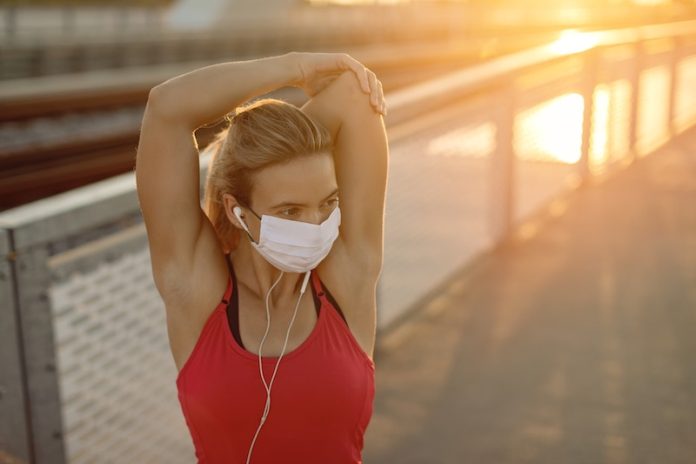
Since COVID-19 began, scientists have been puzzled.
Why does this virus hurt people for so long, and in so many ways, unlike other viruses?
A Surprising Connection: The Powerhouses of Cells
A group of top researchers, including a team from the Children’s Hospital of Philadelphia (CHOP) and another team that works globally on COVID-19, made an interesting discovery.
The virus messes with a special part of our cells called mitochondria. These mitochondria are like little powerhouses that give energy to our cells.
Imagine the cells in our body as houses. Now, each house needs electricity to work, and mitochondria are like the power stations that give that electricity.
If the power station gets damaged, the house won’t work properly.
Finding the Link
Scientists knew that some parts of the virus could stick to and hurt the mitochondria. So, the researchers decided to look closely at the mitochondria in people who got sick with COVID-19.
They checked samples from the noses and throats of sick people and from people who died because of the virus. They also looked at animals with the virus.
Joseph Guarnieri, a scientist from CHOP, explained that they wanted to see how the virus changed the way the mitochondria worked, from when people first got sick until they got better or worse.
What They Discovered
They found that even after people got better and the virus was gone from their lungs, their mitochondria were still not working properly in their hearts, kidneys, and livers.
Interestingly, in animals, they saw changes in the mitochondria in the brain, even though the virus wasn’t in the brain at all.
So, what does this mean? At the beginning of the sickness, the virus affects the lungs. But as time goes on, the lungs start to heal, but other parts, like the heart, don’t.
Douglas C. Wallace, a big name at CHOP, said that this shows us that COVID-19 isn’t just a lung problem. It can hurt many parts of our body.
The lasting issues in other organs might explain why some people feel sick for a long time after they get better.
A Hope for Treatment
The researchers also found something else that could be very helpful. They noticed that a small piece called microRNA 2392 (let’s call it miR for short) was acting differently in the blood of sick people.
If doctors can control this miR, it might stop the virus from making more copies of itself. That could be a new way to treat people who are very sick with COVID-19.
Afshin Beheshti, another lead researcher, said that this discovery is unusual and promising. Stopping this miR might be a key to helping very sick patients.
What’s Next?
Dr. Wallace and his team want to see if some people’s mitochondria make them more likely to get very sick with COVID-19.
They think that differences in the way our powerhouses work could explain why some people get sicker than others.
In the end, what we’re learning is that COVID-19 isn’t just a simple sickness. It affects many parts of our body, and understanding it will help us fight it better.
If you care about COVID, please read studies about Vitamin D deficiency linked to severe COVID-19, and how diets could help manage post-COVID syndrome.
For more information about COVID, please see recent studies about new evidence on rare blood clots after COVID-19 vaccination, and results showing zinc could help reduce COVID-19 infection risk.
The study was published in Science Translational Medicine.
Follow us on Twitter for more articles about this topic.
Copyright © 2023 Knowridge Science Report. All rights reserved.



